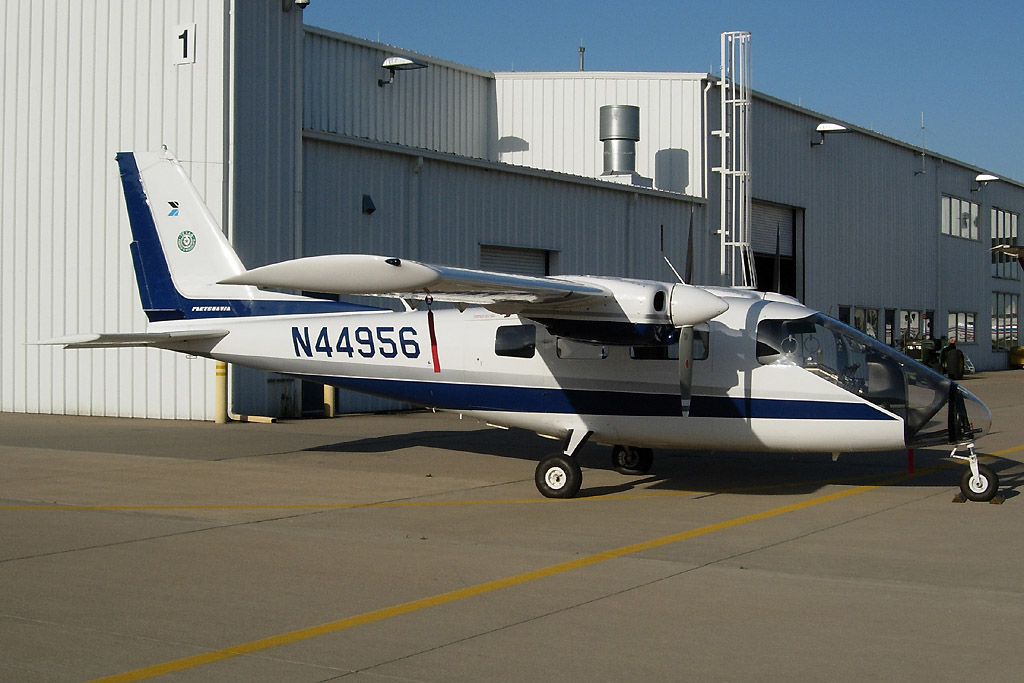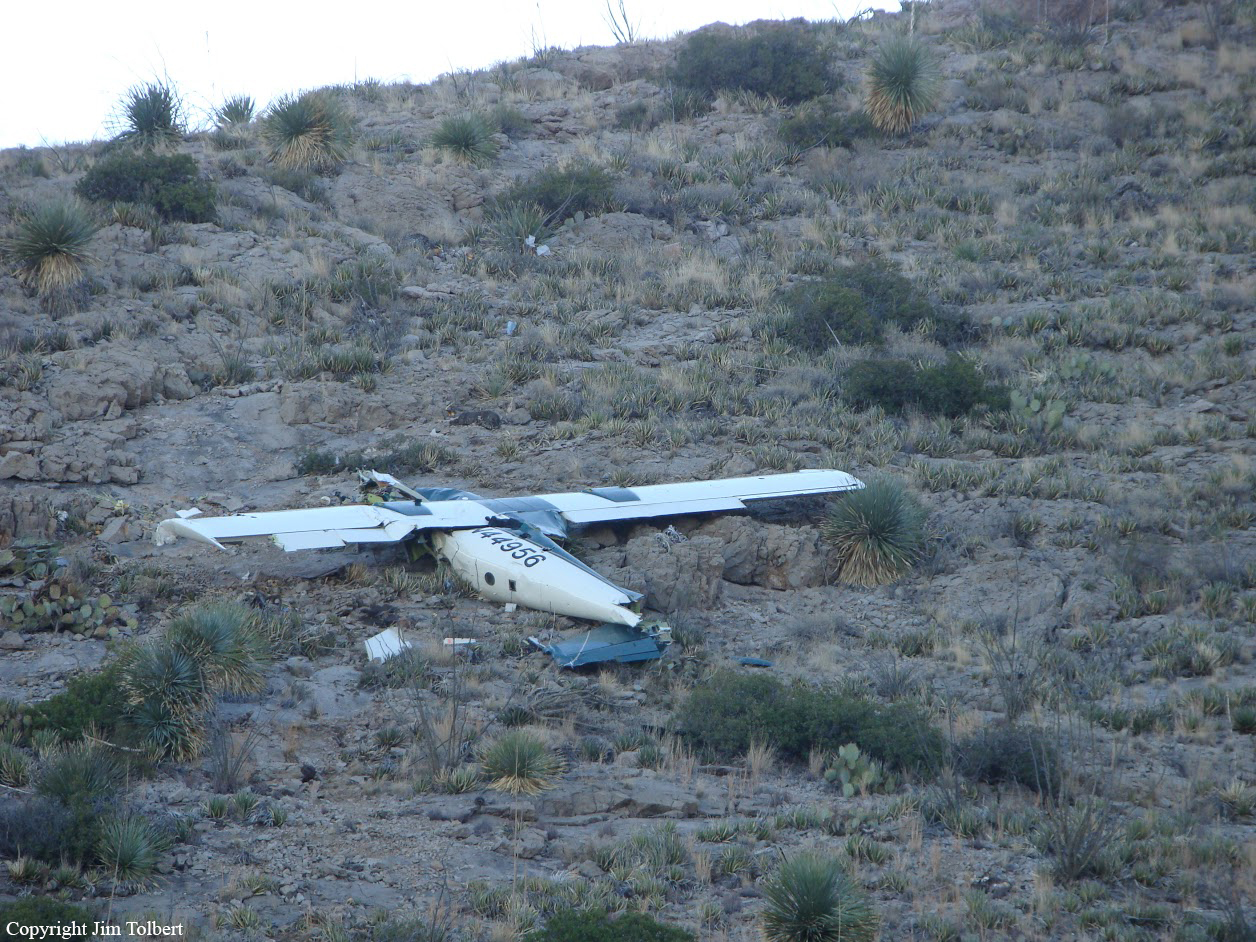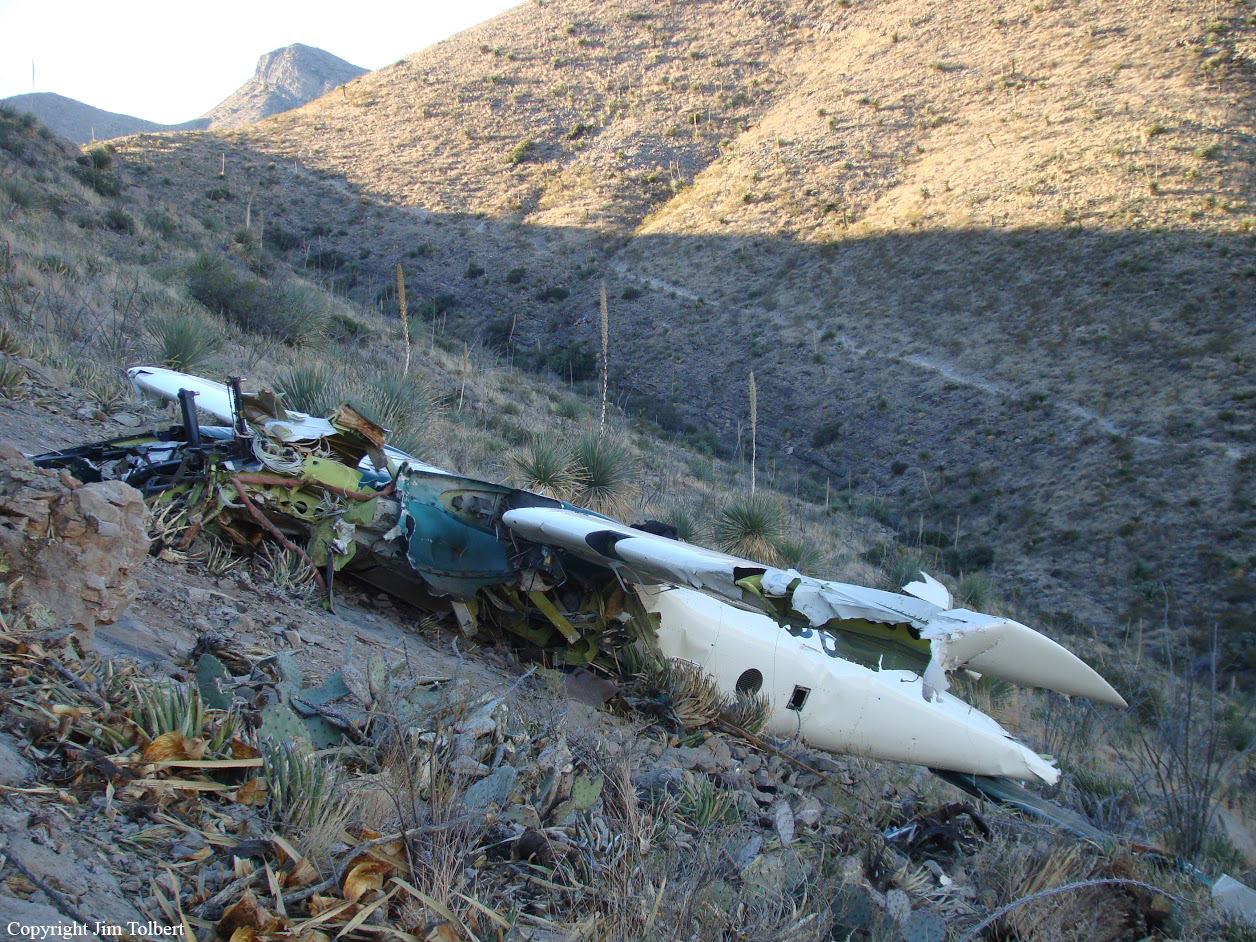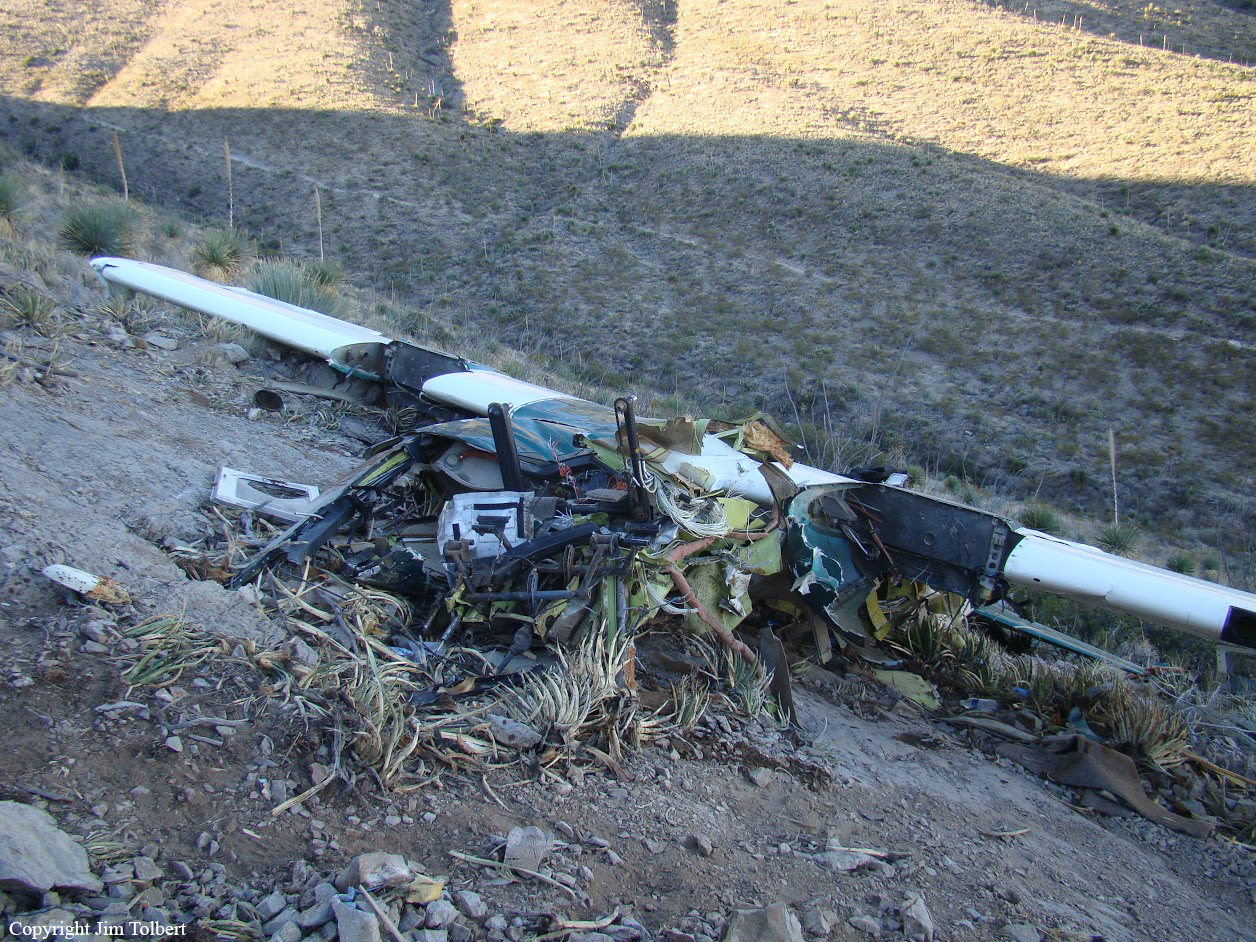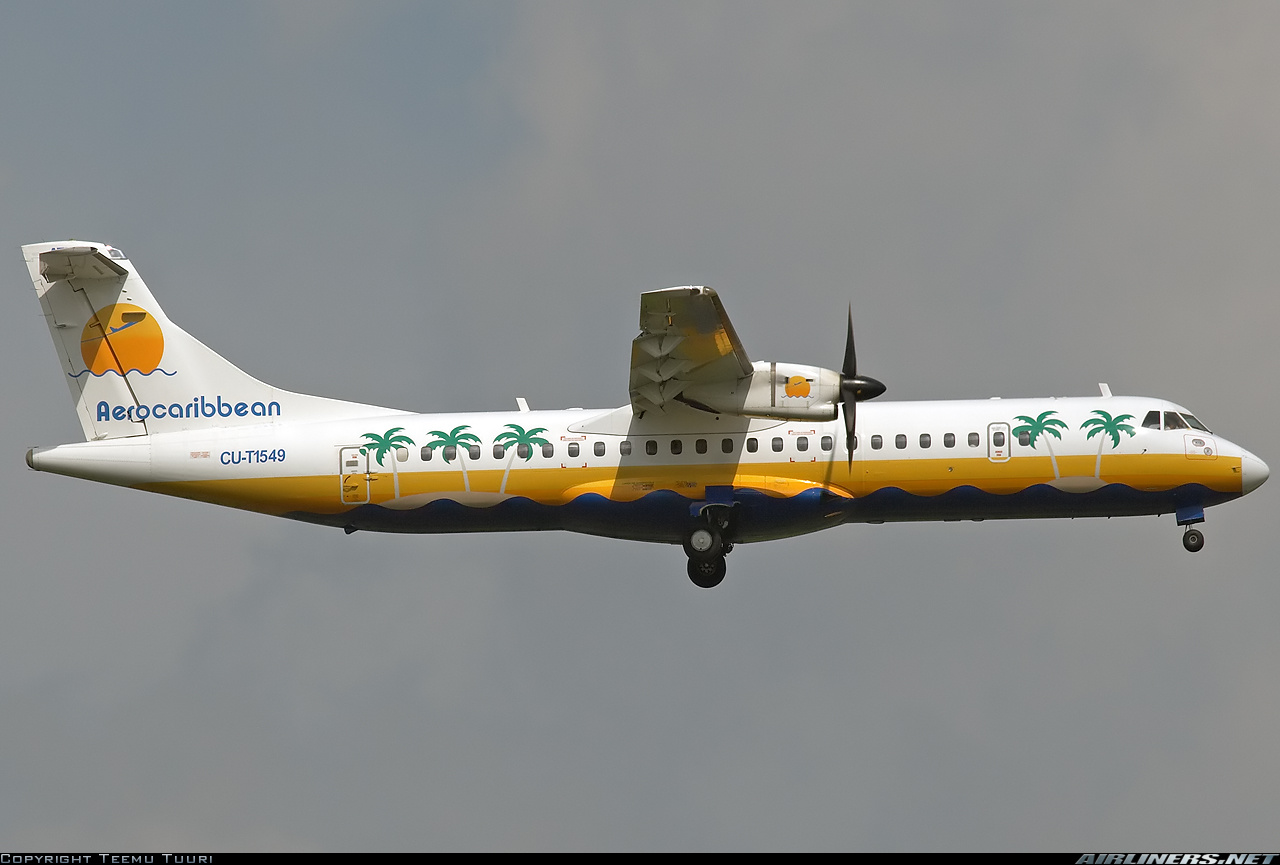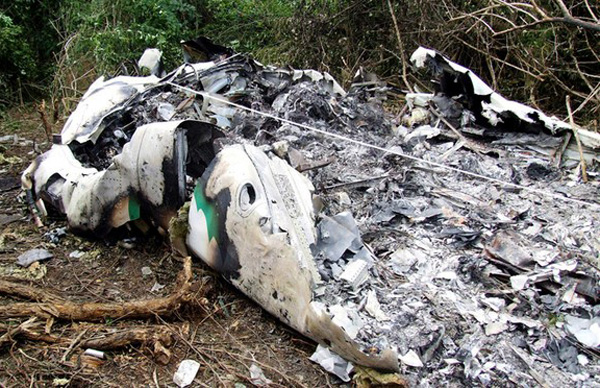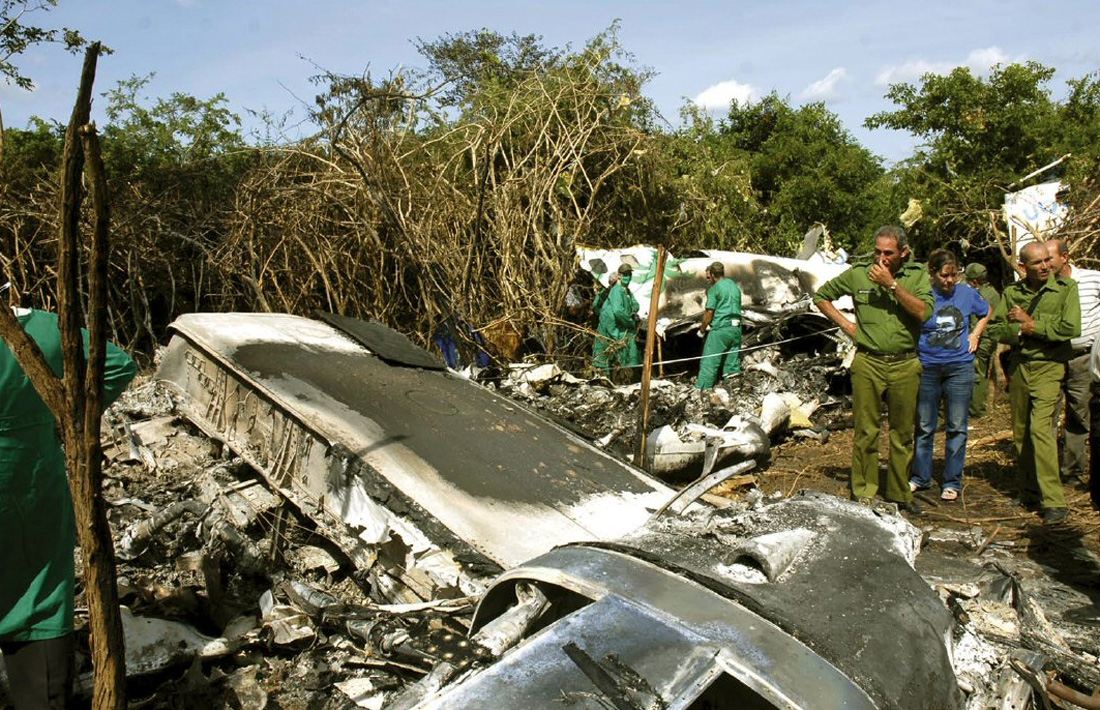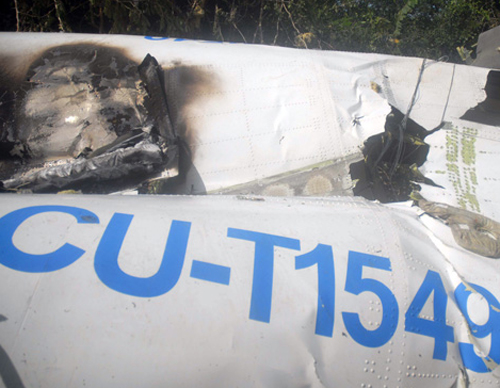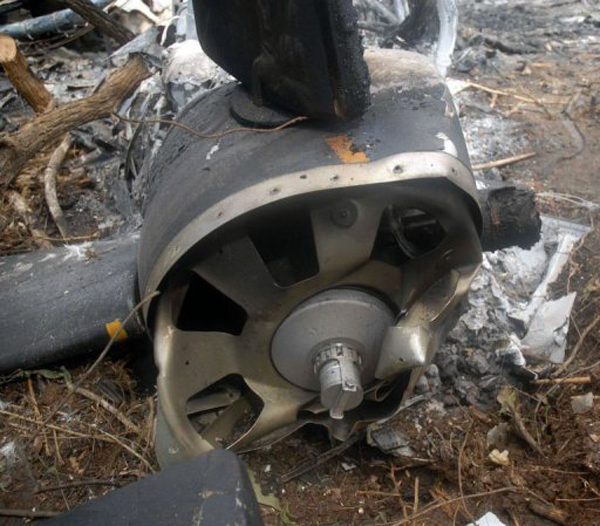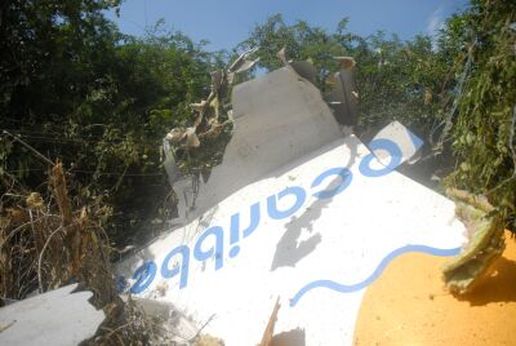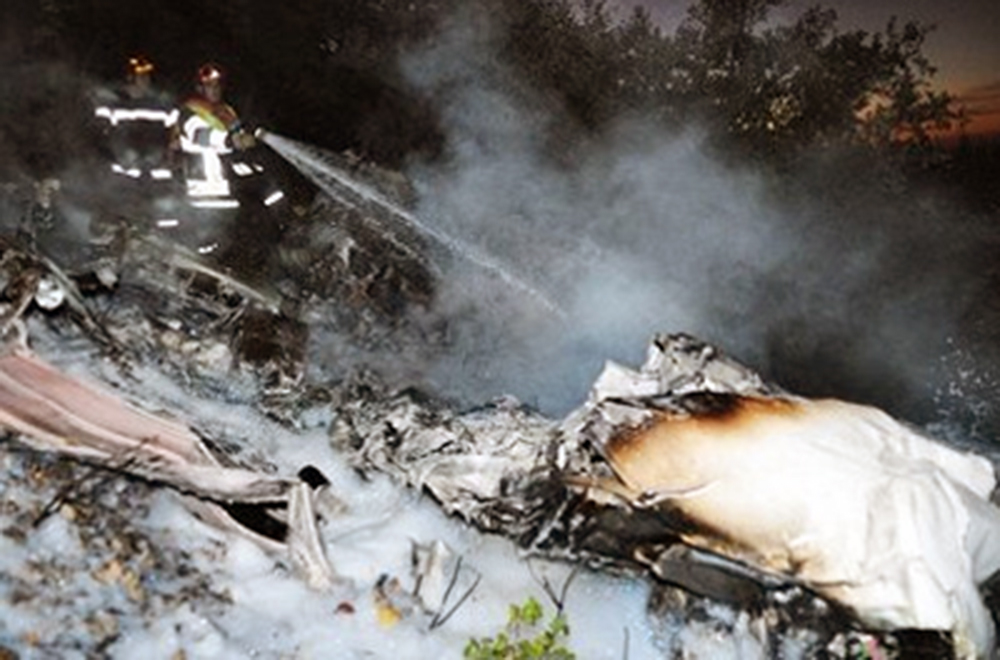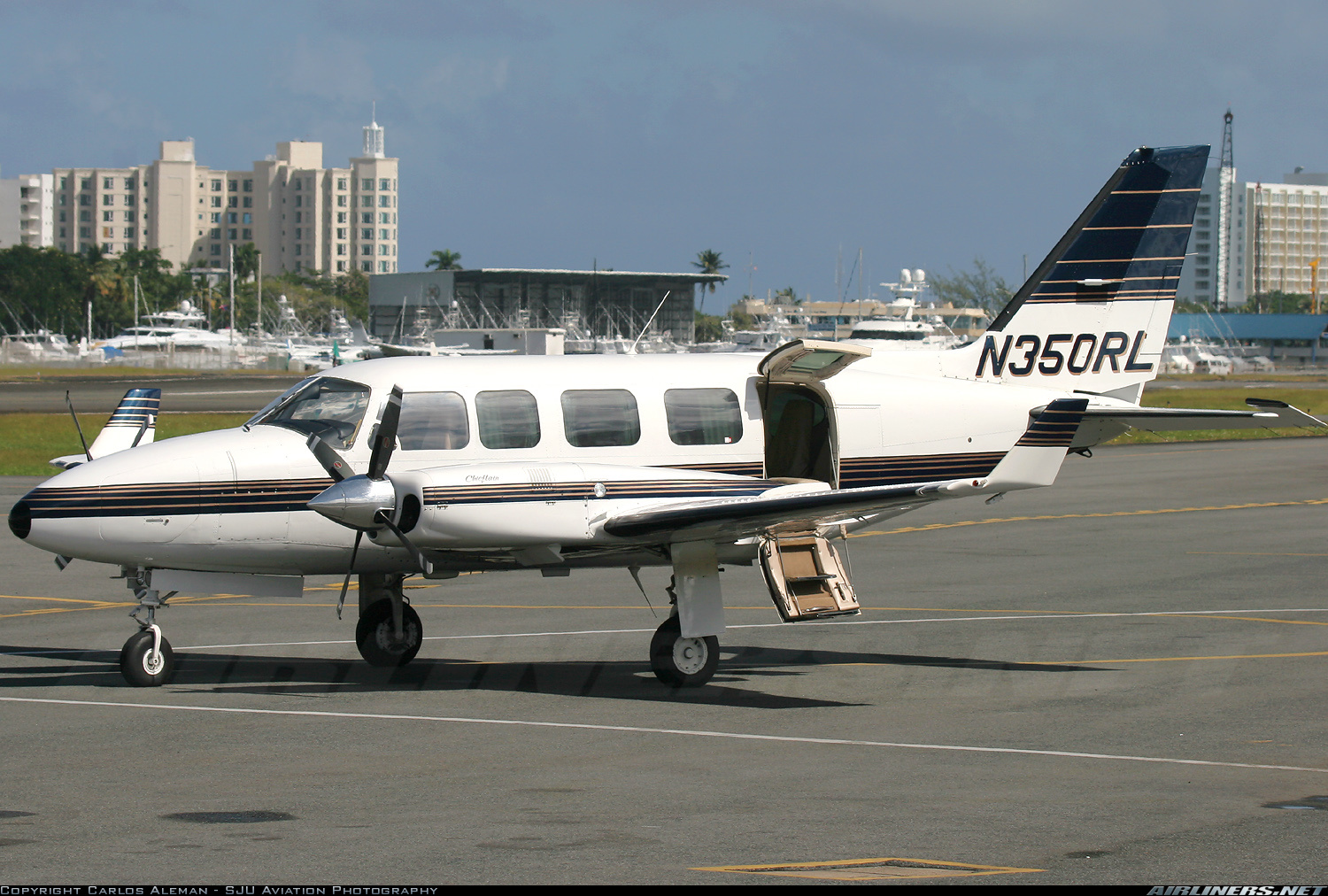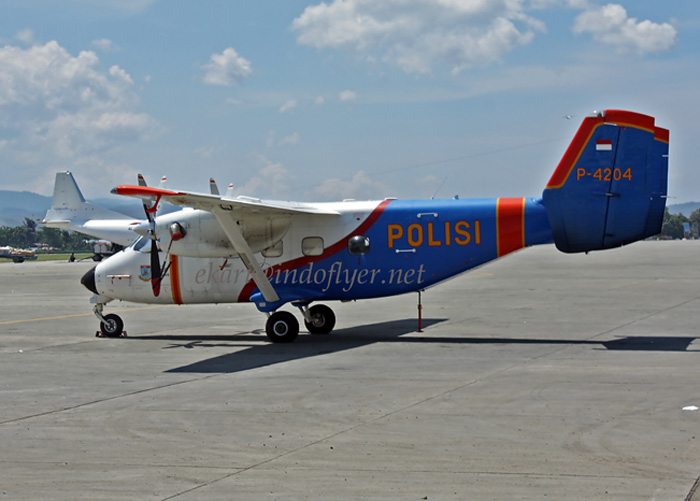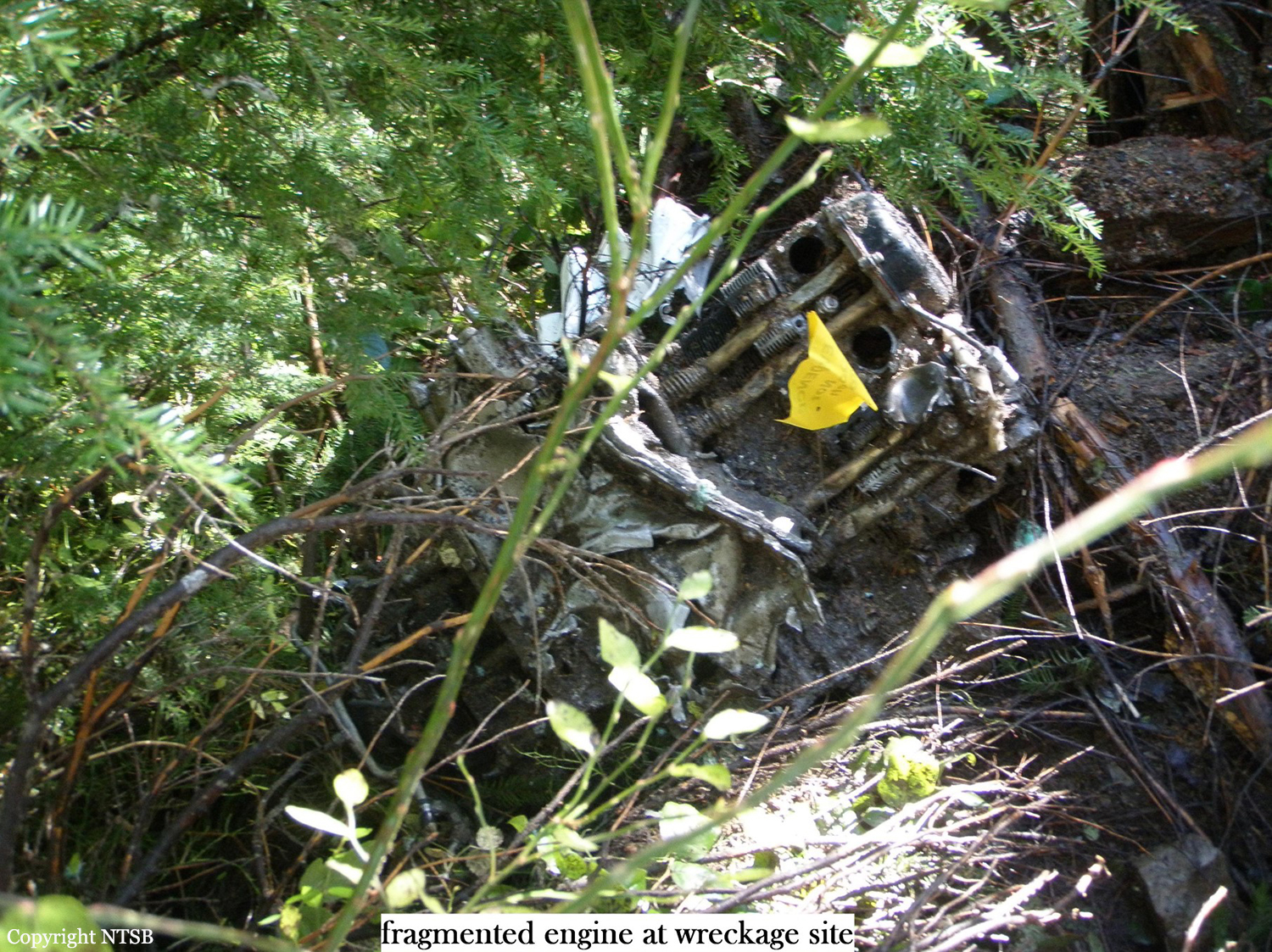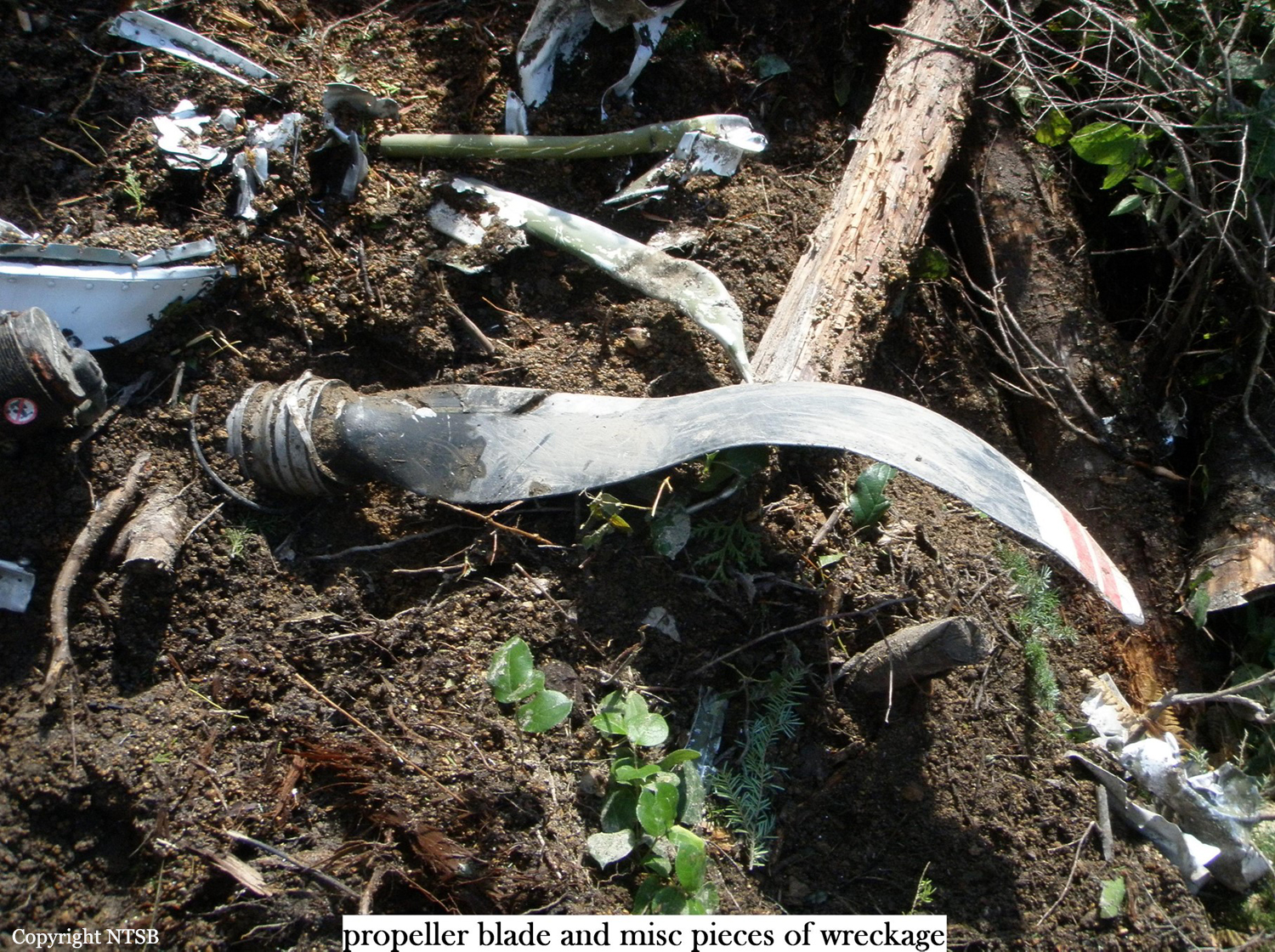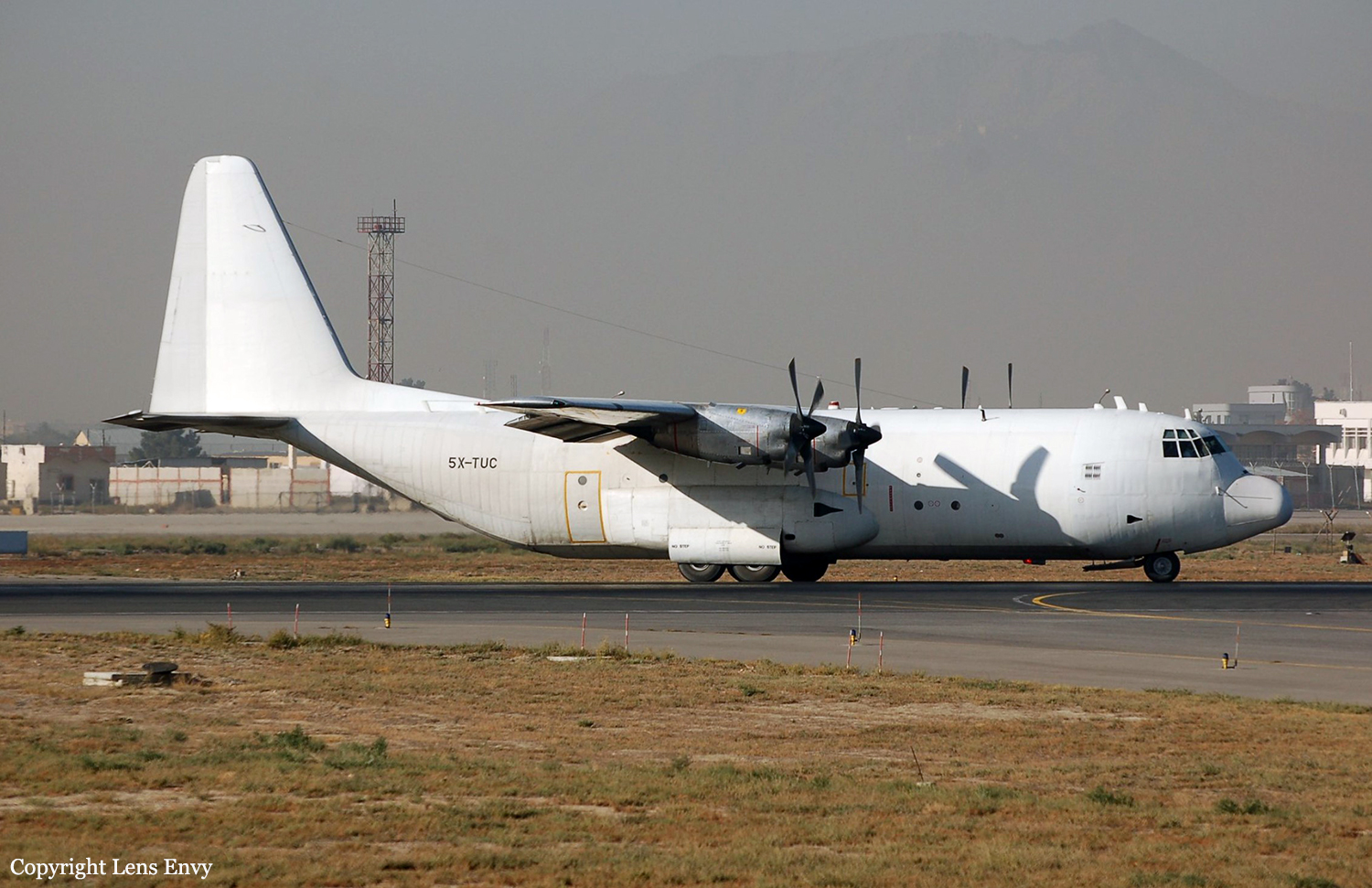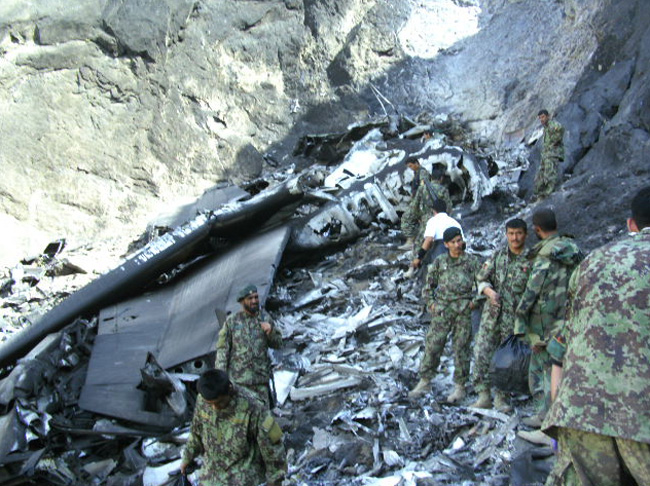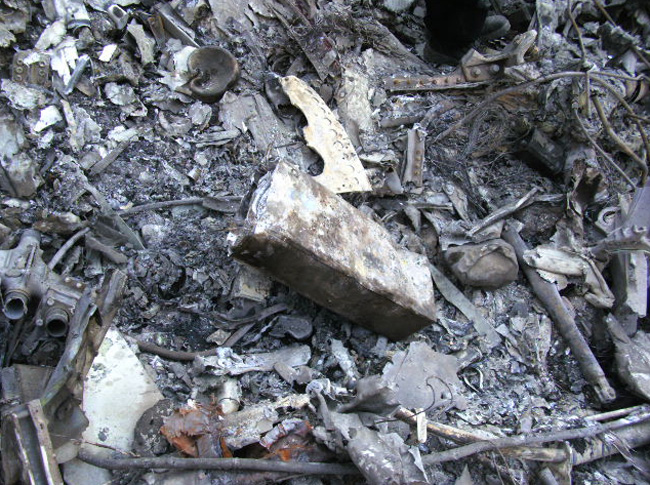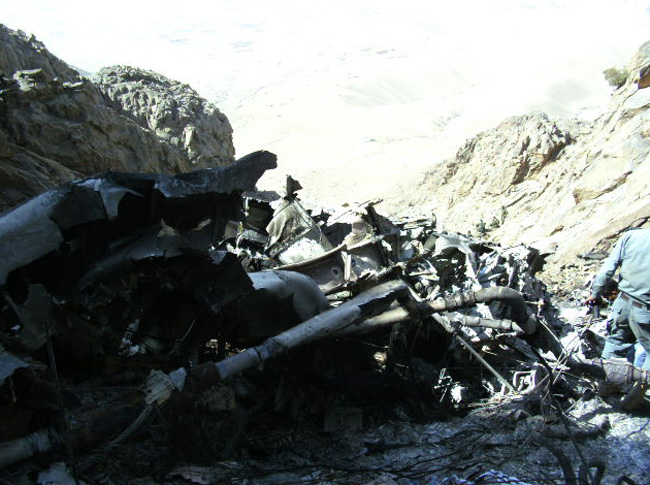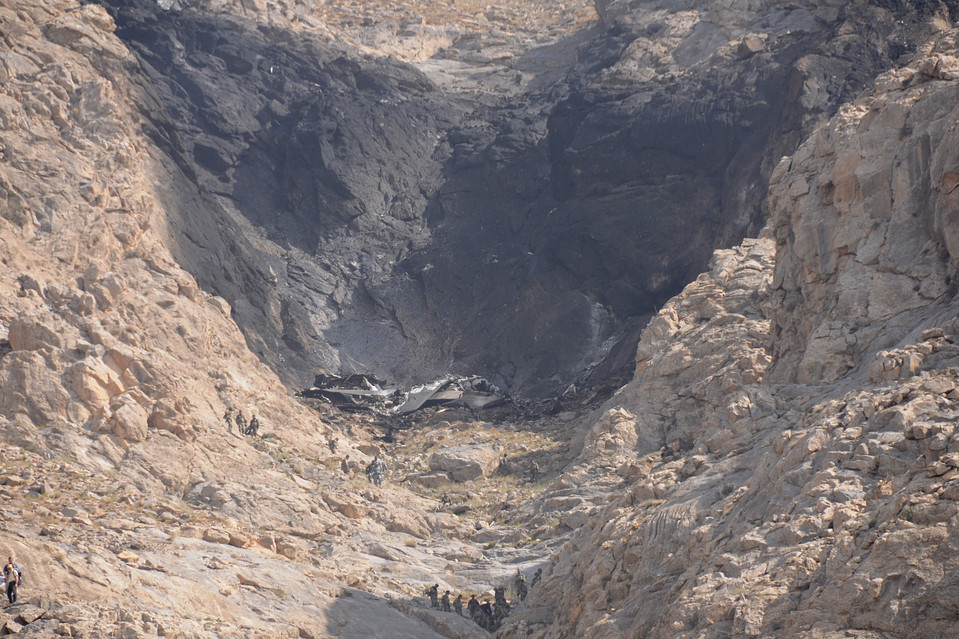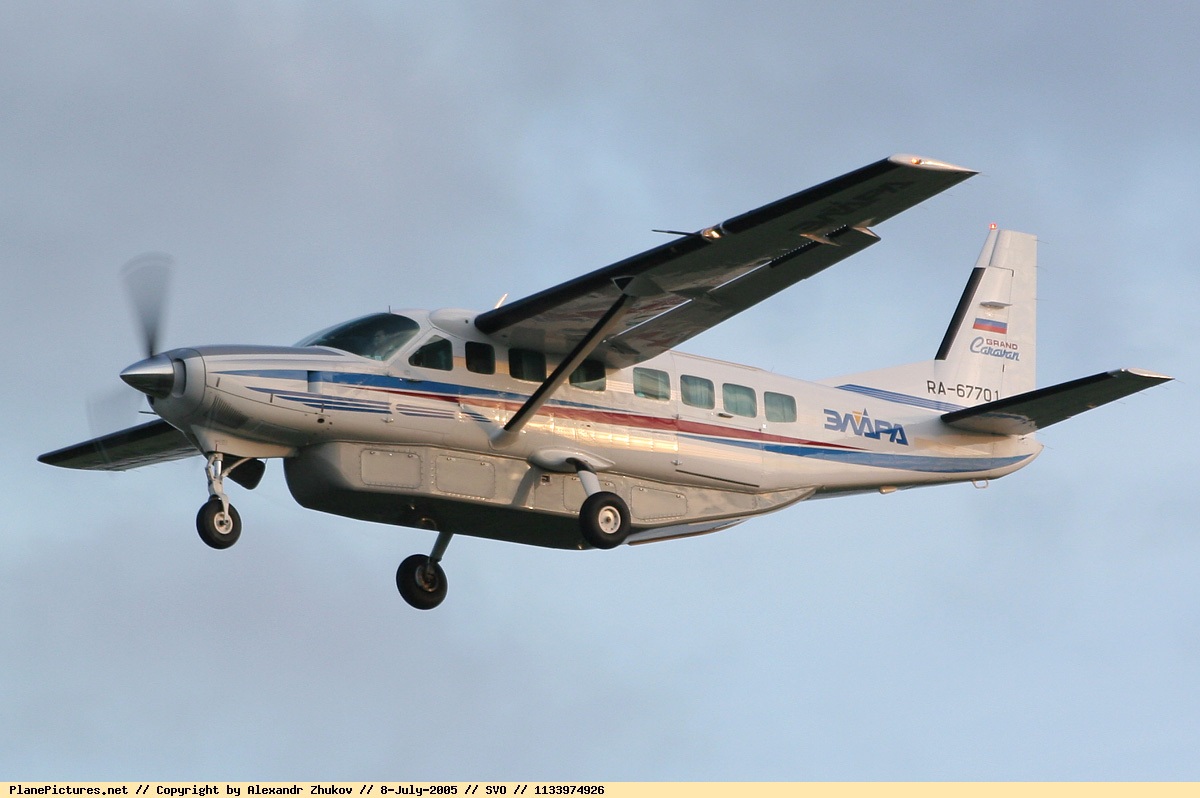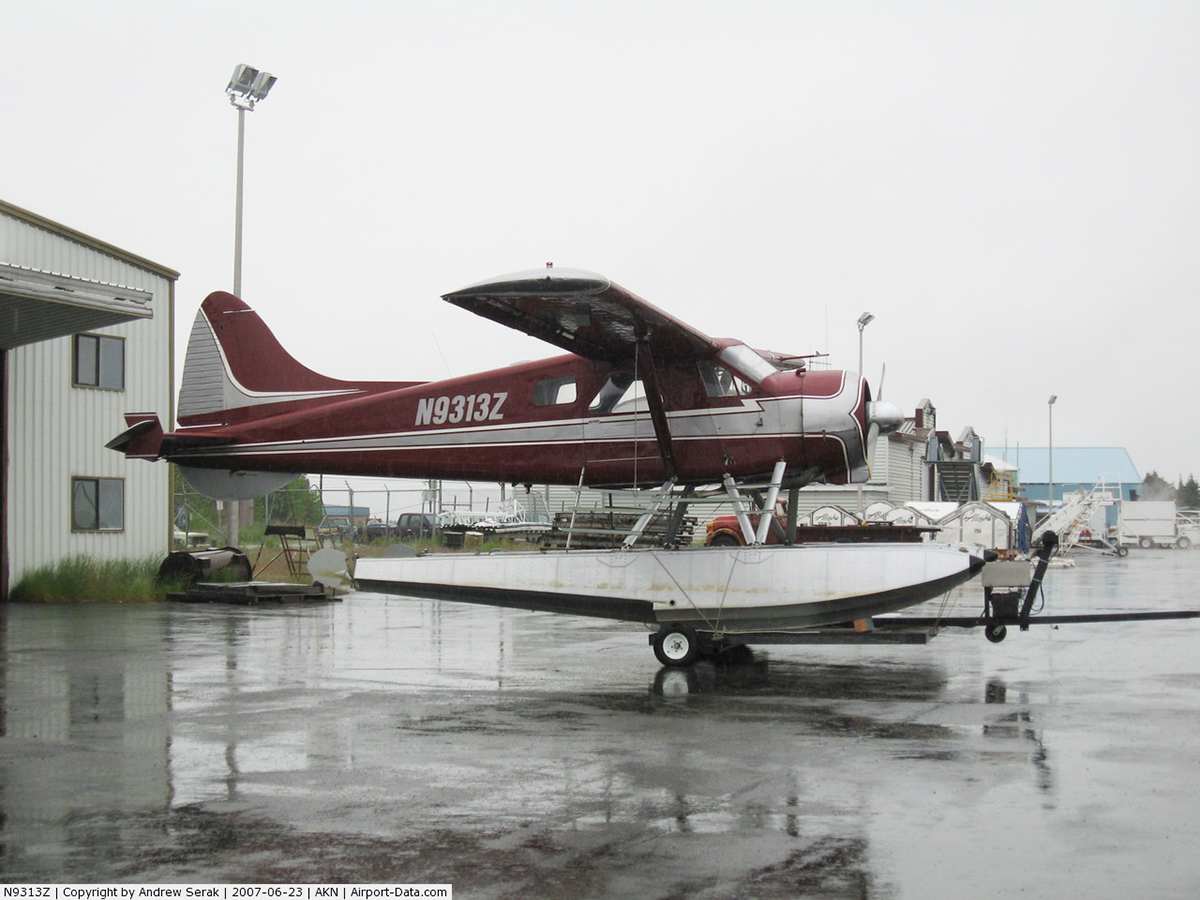Crash of a Partenavia P.68 Observer in Anthony
Date & Time:
Nov 10, 2010 at 1100 LT
Registration:
N44956
Survivors:
Yes
Schedule:
El Paso - El Paso
MSN:
318-13/OB
YOM:
1983
Crew on board:
1
Crew fatalities:
Pax on board:
2
Pax fatalities:
Other fatalities:
Total fatalities:
0
Captain / Total hours on type:
106.00
Aircraft flight hours:
7065
Circumstances:
While performing a low-level law enforcement patrol flight, the pilot crossed a ridge and observed a parked vehicle. To investigate further, he lowered the flaps and descended to approximately 200 feet, into a canyon. The pilot made a second pass over the vehicle and initiated a right turn, during which the airplane encountered a tailwind that resulted in a rapid loss of airspeed and a descent. The pilot leveled the airplane and increased the power; however, the airplane was too slow and low to turn out of the canyon. As a result, the airplane stalled and impacted terrain. The pilot stated there were no preflight mechanical malfunctions or anomalies with the airplane.
Probable cause:
The pilot's decision to conduct a low-level flight in mountainous terrain in an area where downdrafts were prevalent, resulting in the inadvertent loss of control and the collision with the terrain.
Final Report:
